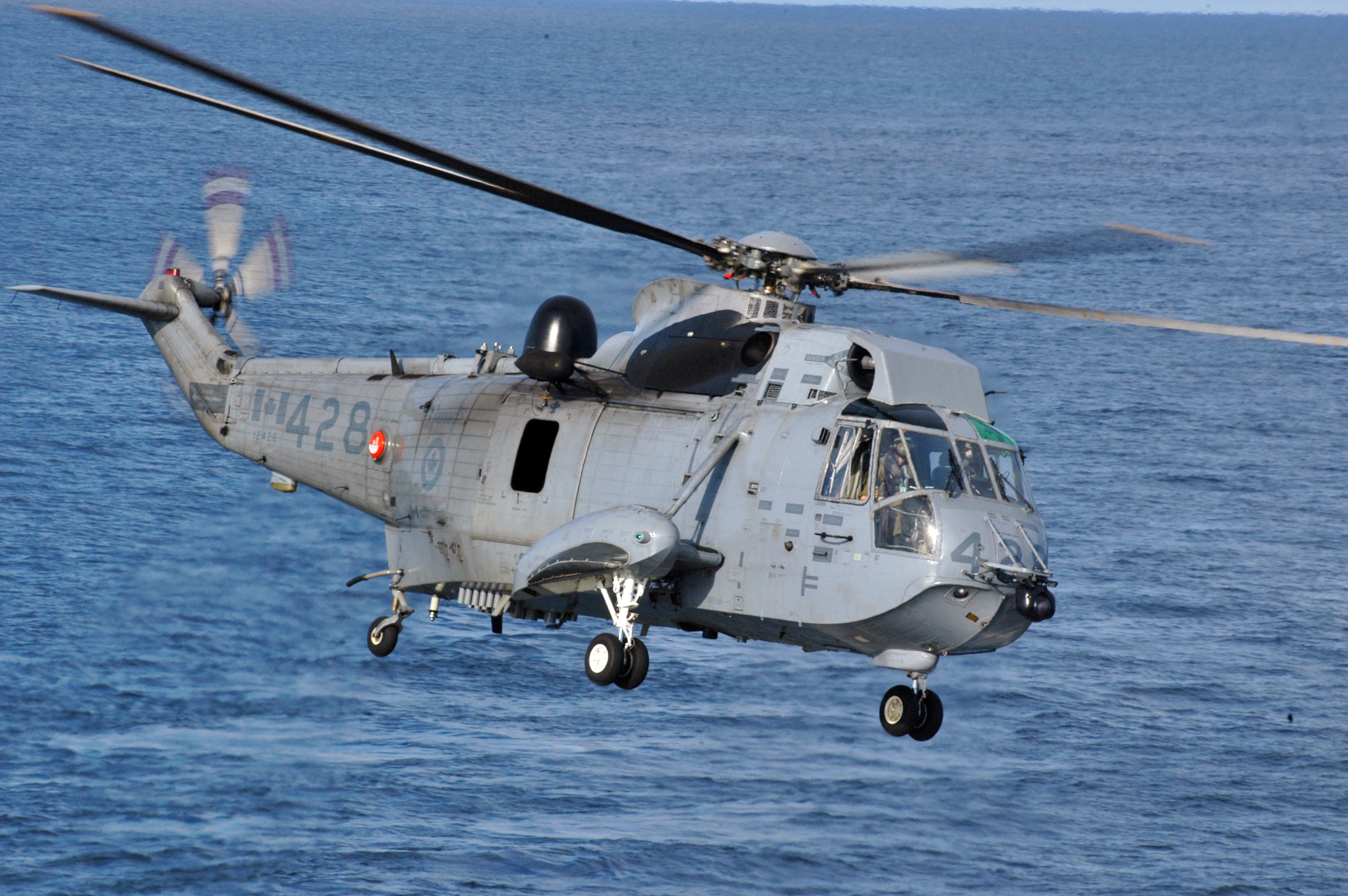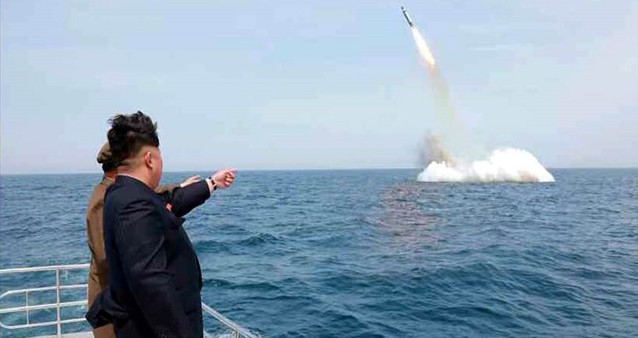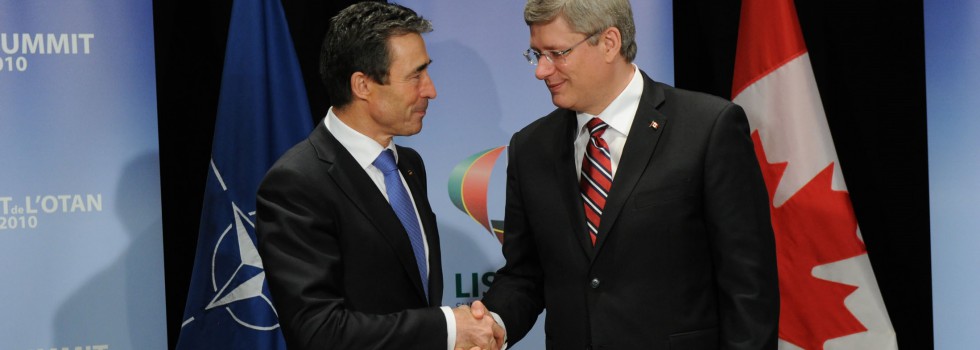A recent initiative was launched by United Nation’s Women and the Centre for United Nations Peacekeeping In India to teach female military officers how to address sexual and gender-based violence during times of armed conflict. This initiative underscores the importance of female UN peacekeepers.
Part 1 of this series will explore why peacekeeping operations need to engage more female personnel and the reasons behind such initiatives.
“Not only do female peacekeepers empower other women, MONUSCO highlights that female peacekeepers have access to segments of the affected population that male peacekeepers do not.”
What’s Been Done: UNSCR 1325 and Global Effect
In 1993, a mere one percent of UN peacekeeping personnel were women. Since 1993, the UN has undertaken initiatives to increase the role of women in peacekeeping operations. United Nations Security Council Resolution 1325 (UNSCR 1325) was the first and foremost initiative undertaken by the UN to mitigate the gender gap within peacekeeping personnel. Introduced in 2000, UNSCR 1325 highlights the importance of engaging women in peacebuilding and peacekeeping initiatives and the decision-making processes. The initiative “urges the Secretary-General to seek to expand the role and contribution of women in United Nations field-based operations, and especially among military observers, civilian police, human rights and humanitarian personnel.”
In 2009, the United Nations introduced the Global Effect initiative to increase the number of female police officers participating in peacekeeping missions by 2014. However, as of April 2015, out of the 13, 185 police engaged in peacekeeping operations, only 1,306 are female. This number is significantly below the targeted amount of 2, 637; or one-fifth of the present police force.
Despite the need for more female peacekeepers, as demonstrated by the following cases, and the implementation of various initiatives aimed at addressing this issue, women make up only 3% of military peacekeeping personnel and 10% of police staff deployed in UN missions.
The Case of MONUSCO
Captain Caroline Obame from the United Nations Organization Stabilization Mission in the Democratic Republic of the Congo (MONUSCO) remarked, “the Congolese women we meet are often hesitant to speak to outsiders. When they meet female patrolling officers, even if they are still uncertain, they will be more likely to speak. I have spoken to victims of sexual violence and there is still a lot of stigma they face from their husbands and in their communities.” Currently, only 2.55% of military personnel and 14% of police personnel are women in MONUSCO. This is particularly problematic in this case because 52% of the Congolese population is female.
The Case of MINUSTAH
The United Nations Stabilization Mission in Haiti (MINUSTAH) has taken critical steps to incorporate their female officers in the peacekeeping and peacebuilding processes. MINUSTAH held a town hall for 93 of their female military peacekeepers. This enabled the women to provide their insight on a range of topics, including MINUSTAH’s effectiveness. The female peacekeepers were given an opportunity to critically engage with the mission, essentially capturing the spirit of UNSCR 1325. Moreover, MINUSTAH introduced a Women’s Working Group that was tasked with the organizing a mission-wide project to celebrate the 15th anniversary of UNSCR 1325. Despite this progress, women make up only 3% of MINUSTAH’s military personnel and 9% of its police personnel. Still significantly lower than the targeted amount.
Where are all the women?
Why, despite the efforts to encourage more females to participate in peacekeeping missions, do the numbers remain stagnant? One possible reason was highlighted by Major Rachel Grimes who noted, “all of the militaries in the world are male-dominated; the majority of the leadership is male dominated…So a young women thinking of this career may be put off because there doesn’t seem to be infrastructure in place to support her.” One of the goals of the UNSCR 1325 is “to appoint more women specifically as representatives and envoys” in order to combat the gender gap in leadership that Major Grimes mentioned.
On 12 May 2014, Major General Kristin Lund became the first female Force Commander of a United Nations peacekeeping operation. Her appointment as Force Commander of the United Nations Peacekeeping Force in Cyprus (UNFICYP) came 14 years after the introduction of UNSCR 1325. UNFICYP stands out from other United Nations peacekeeping missions because its entire leadership team is female. Lisa Buttenheim (NAT) serves as Special Representative of the Secretary General and the Head of Mission. UN Secretary General, Ban Ki-Moon, remarked after Major General Lund’s appointment that “ we shatter another glass ceiling…our operation in Cyprus today becomes the first in the world to have a dual female leadership.” Major General Lund expressed that she hopes she will “be a role model for other female officers to see that it’s possible.”
A Rise in Leadership
Since May 2012, seven women hold leadership roles across 17 active peacekeeping operations. This includes Sandra Honoré, who was appointed as the Special Representative to the Secretary General (SRSG) and head of the United Nations Stabilization Mission in Haiti in 2013. In 2014 alone, four females were appointed to leadership positions in UNFICYP, United Nations Multidimensional Integrated Stabilization Mission in the Central African Republic (MINUSCA), United Nations Mission in the Republic of South Sudan (UNMISS), and the United Nations Mission for the Referendum in Western Sahara (MINURSO). Moreover, the UN launched an initiative to create a ‘talent pipeline’ connecting senior-level women with vacancies in director positions for field missions.
While the percentage of females engaged in peacekeeping operations has increased slowly since 1993, more work remains in order to increase the number of females deployed. Not only do female peacekeepers empower other women, MONUSCO highlights that female peacekeepers have access to segments of the affected population that male peacekeepers do not. Engaging more females in leadership roles throughout the active peacekeeping missions is one important way the UN can empower more women to join as peacekeepers.







